Travelling the world is a privilege that requires responsibility and intention with our actions. All the places we visit and ecosystems we interact with need to be left the way they were before we got there (if not a little cleaner)! Making eco-friendly and eco-conscious choices aren’t always easy, but they’re always worth it. Choosing to make green decisions, even if only occasionally, is a great step forward for our planet. We have developed our eco-friendly travelling guide to help you make informed decisions while travelling our big, beautiful planet.
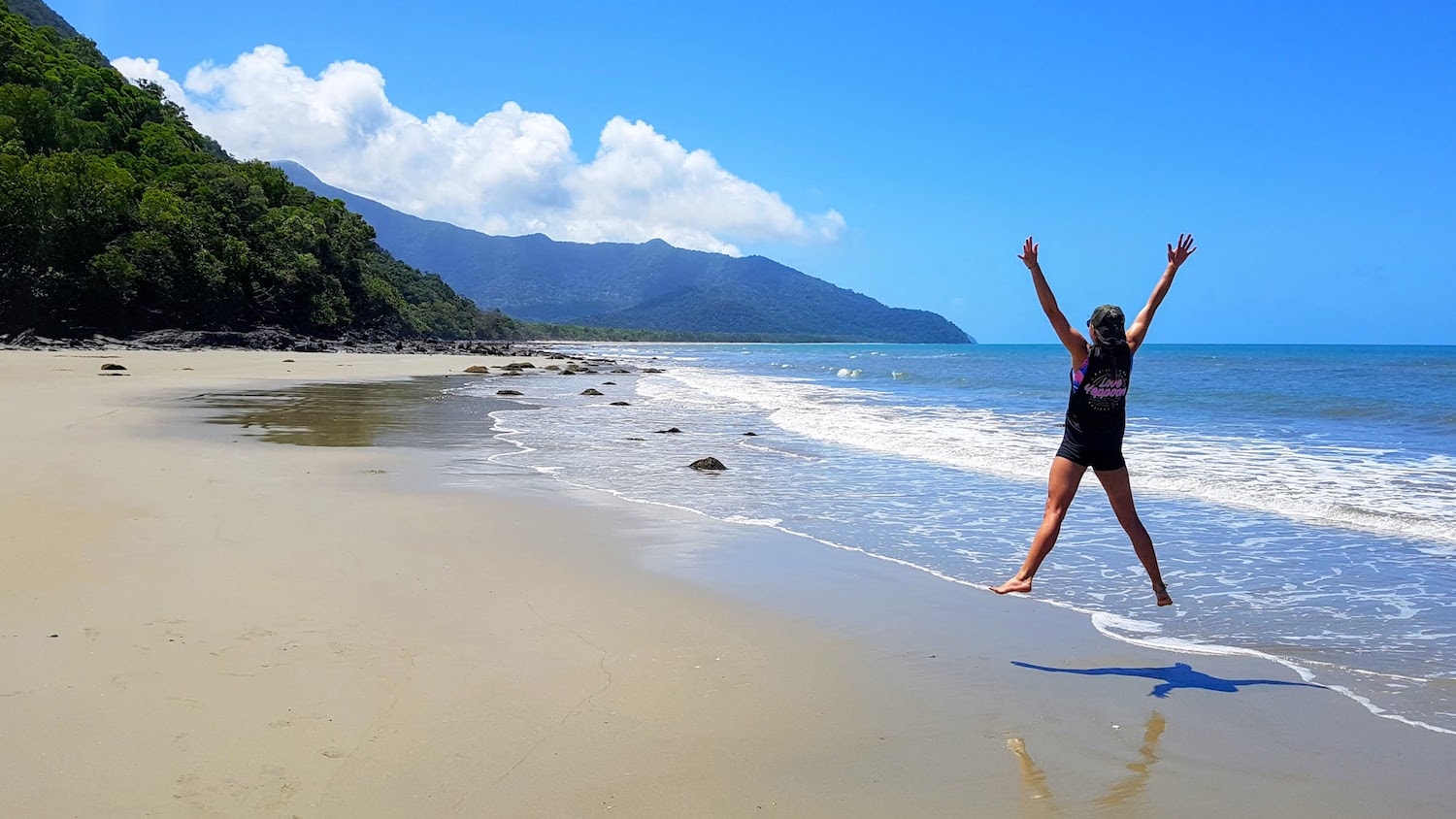
Here is our ultimate eco-friendly travel guide of our do’s, don’ts and everything in between:
Look, Don’t Touch
When you were small, you might have been told to look with your eyes and keep your hands to yourself (specifically in places that had a lot of breakable items)! This principle translate to taking wildlife from their natural environments. Always leave plants and animals where you find them. Observe, admire and then walk or swim away. Treat time in nature like an immersive museum. Practice a ‘look but don’t touch’ policy.
Eco-Friendly Activities
Eco-Friendly Hiking
At times, we get so incredibly excited to visit a new place that we make some unsustainable choices when it comes to how we interact with that place. When hiking, always stay on the marked trails. Part of this is for safety so someone could find you if you get lost or hurt, but the other part is for ecosystem conservation. When you go off trail, you are potentially harming habitats and wildlife rehabilitation zones. Stepping on plants that are trying to repopulate an area is detrimental to their growth and survival.
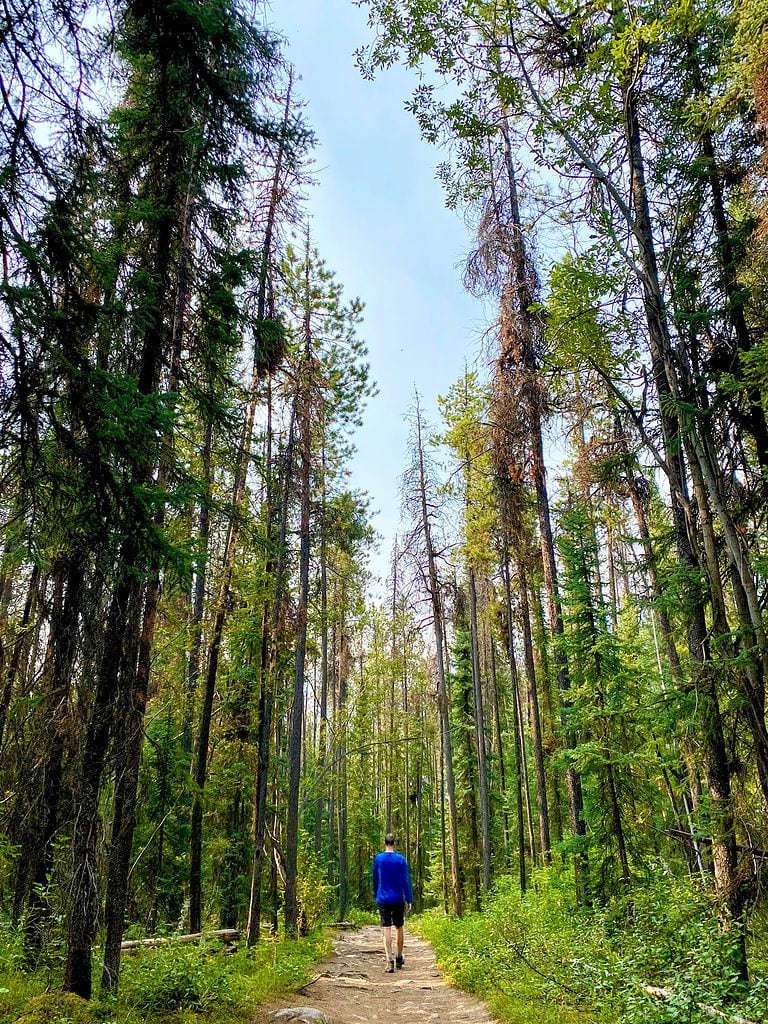
Reef Snorkelling and Scuba Diving
Snorkelling and scuba diving are very common water activities enjoyed by people of all ages. From all-inclusive resorts to day trips and various excursions. What people don’t know is that corals are actually animals not plants! They are tiny polyps that congregate in colonies complete with their own tiny mouth, digestive gut and tentacles to capture food. They also grow very slowly are have particularity fragile exoskeletons. Carelessness while swimming on reefs contributes to the loss of critical habitat and destruction of a disappearing ecosystem. People often stand up while snorkelling, crushing and breaking the exoskeletons of these spectacular coral. Some species of coral can grow 10-20 cm per year, whereas others only grow 1 cm per year. While you may think your actions don’t make an impact, every little bit of damage can have significant effects on the local ecosystem these coral plants are a part of. So next time you’re out swimming, take a moment to marvel at the splendid coral around you and keep those fins pointed upwards at all times.
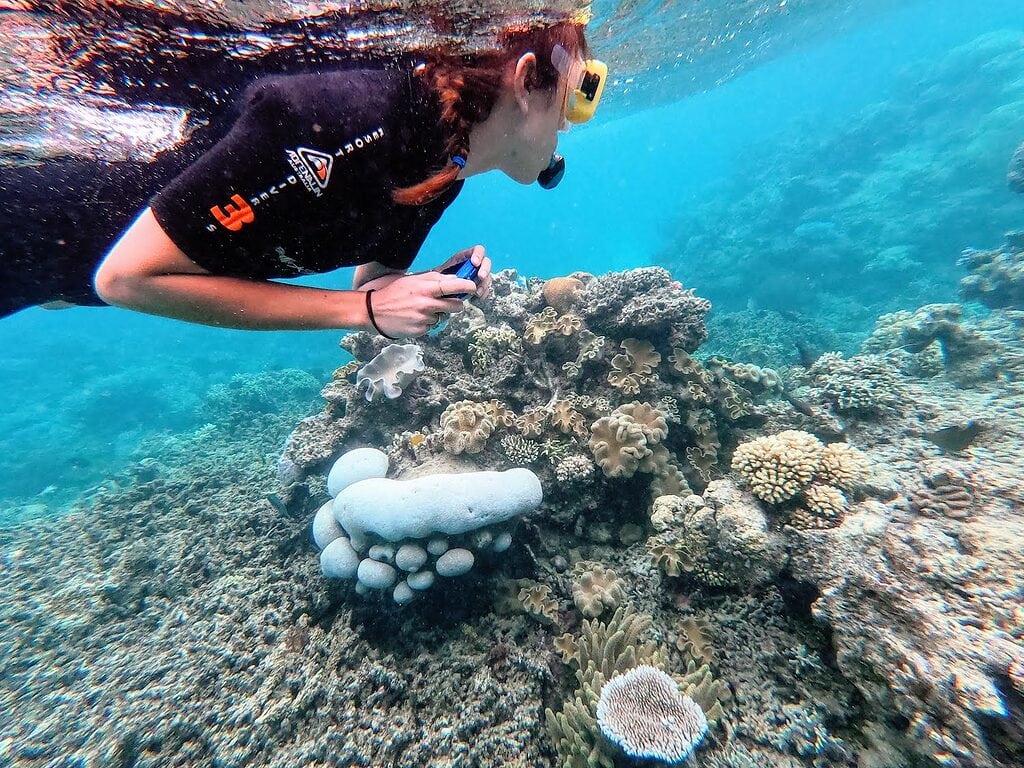
Nude Food and Snacks
Being a snacky person is both a blessing and a curse. Healthy snacking often is great for the metabolism and your overall energy. Being intentional about what snacks you choose to bring can make a big difference. Bringing food without wrappers is a great way to avoid littering. Food items like fruit, nuts, dried fruit and trail mix leave no trace (or only compostable waste) once you’re done eating. This means you don’t have to carry around wrappers or worry about finding a trash can while on a hike etc.
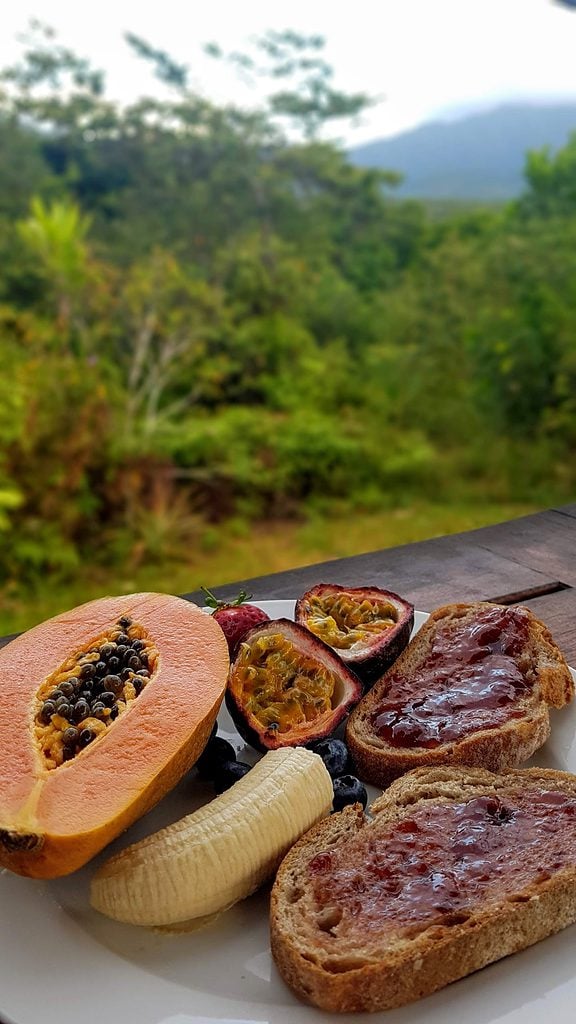
Eco-Friendly Products
Reef Safe Sunscreen
Marine ecosystems are extremely susceptible to the chemicals in sunscreen. These beautifully diverse ecosystems require care and thought if we want to continue enjoying them and future generations to enjoy them. Here is the list of ingredients to avoid from HEL.
- Oxybenzone
- Octinoxate
- Octocrylene
- 4-methylbenzylidene camphor
- PABA
- Parabens
- Triclosan
- Any form of microplastic sphere or exfoliating beads.
- Any nanoparticles like zinc oxide or titanium dioxide.
Some brands have formulated reef safe sunscreen so you have a protective, sustainable and eco friendly option for the next time you are in the water. Brands such as Sun Bum are dedicated to creating products that are as good for us a they are for the planet.
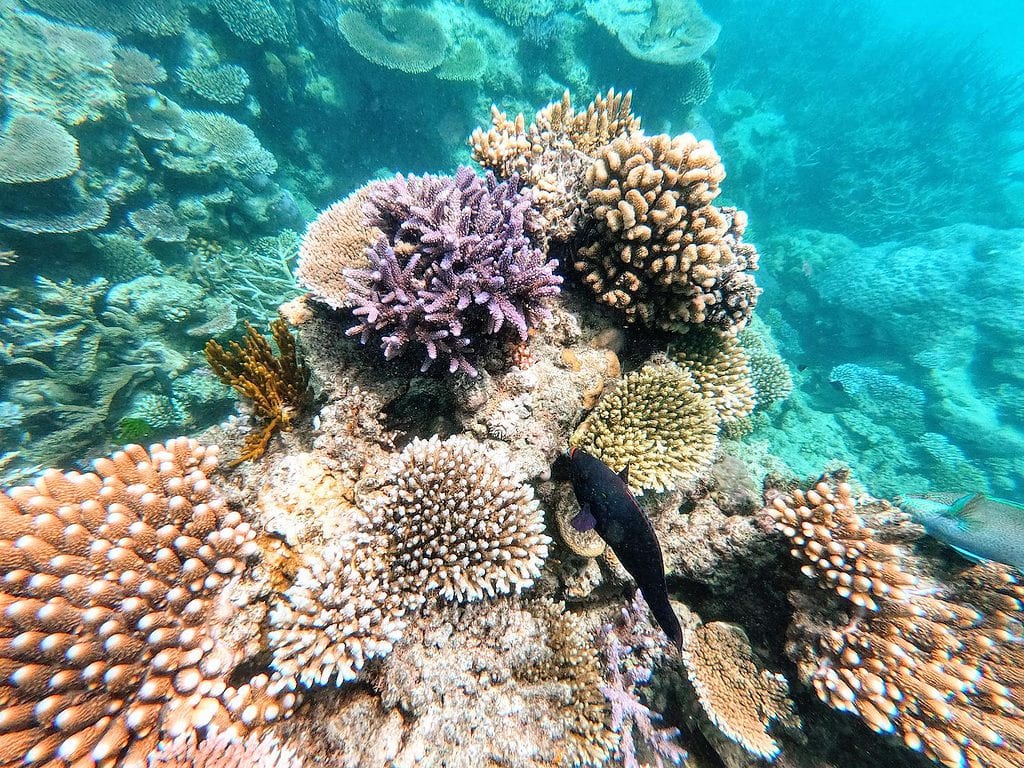
Avoid Single Use Plastics
You’ve heard it before and it’s super important so we’re reiterating it: ditch the plastic bottles and single-use plastics if you can! Super easy solutions include bringing your own water bottle with you instead of buying plastic water bottles. MODL makes phenomenal travel water bottles. These reusable bottles can be used as it is or with additional MODs such as a water filter, hydration pack and portable shower. MODL is members of 1% for the Planet and Climate Neutral Certified.
In addition to your reusable water bottle, packing a reusable shopping bag eliminates plastic waste and the need for a plastic bag while you’re out shopping. I like to put a reusable produce bag in my shopping bag. Then I can easily shop at farmers markets and pick up fresh produce without taking one of those tiny plastic produce bags off the roll. Some of my favourite produce bags are from E-Know, but truthfully bringing any reusable bag is better than taking 5 plastic bags every time you’re out shopping.
Bringing reusable straws to restaurants are an awesome alternative to plastic straws or even compostable ones that tend to get mushy really quickly. The three most popular straw options are stainless steel (dishwasher safe), glass, and silicone. Many of these straws are collapsible and come in a variety of lengths and widths to accommodate many kinds of beverages (smoothies, bubble tea, iced coffee etc). I use all 3 materials in certain situations, (even my favourite glass straw set on our wedding day)!
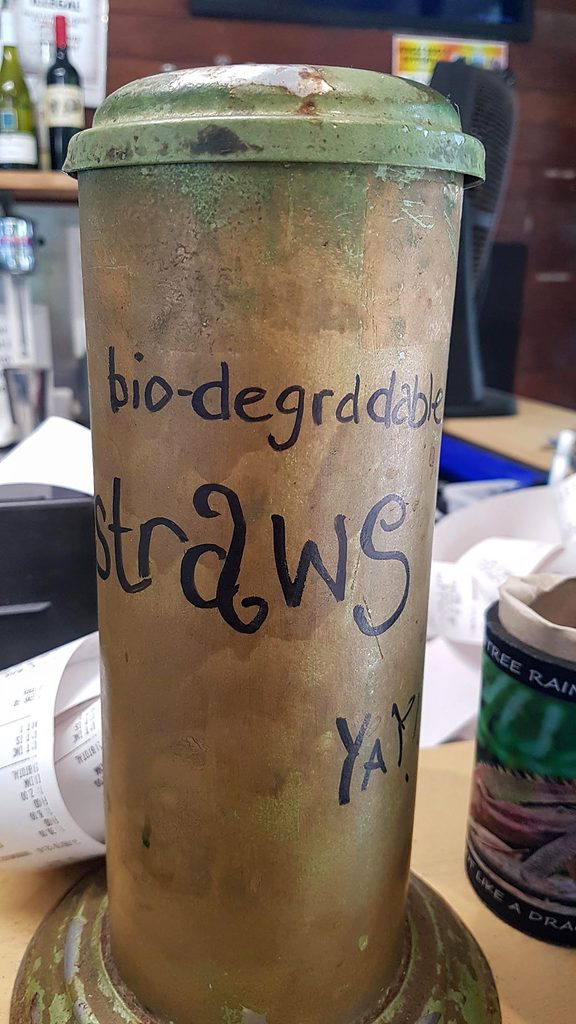
Eco-Friendly Transport
We know that airplanes create a lot pollution and have a significant carbon footprint. While science is working on developing more sustainable fuels, we can make small daily choices to lower our own carbon footprints. For example, when exploring a new place opt for alternative modes of transportation while on vacation such as renting a bicycle to explore, hopping on a bus, train or tram and of course walking! Utilizing public transport reduces our individual carbon footprint as we share the emissions produced with everyone else on that train/bus/tram! Walking is a zero emissions mode of transportation that improves cardiovascular health and elevates mood.
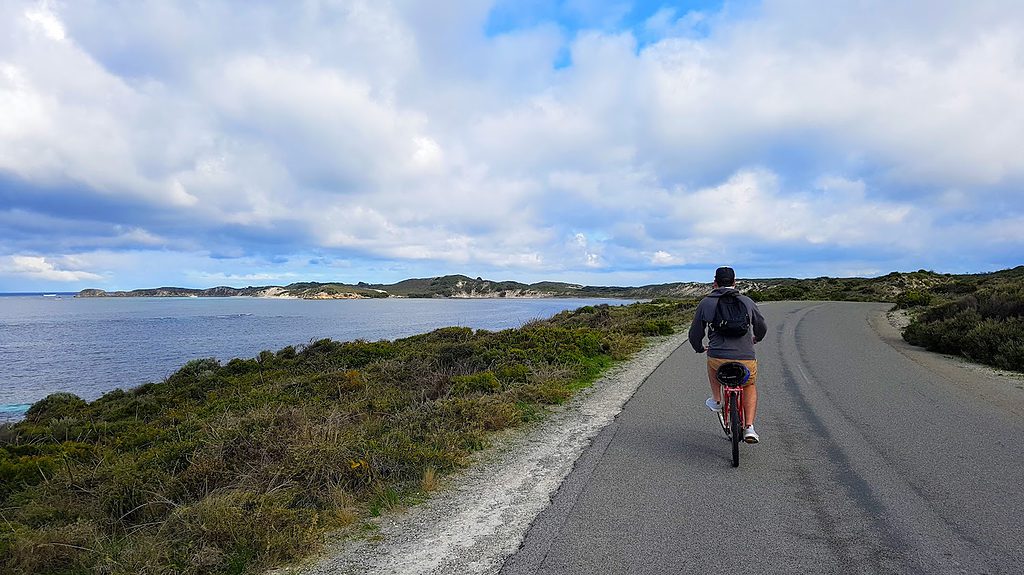
Feeding Wildlife
This is obvious to some people and less than obvious for others. You should never feed wild animals, and this is for a multitude of reasons. Firstly, if you’re close enough to feed animals you run the risk of injury to yourself and others. Always keep your distance and respect animals in their natural habitats. Secondly, human food can make wildlife sick. Thirdly, processed foods often do not biodegrade well and can contaminate the environment. Leave the hunting and foraging to the animals and keep your food to yourself.
Eco Resort
As consumers, where we choose to spend our money is very powerful. It’s worth taking some time to research where your money is going and what causes it supports. Mike and I had a spectacular opportunity to stay at an eco-resort in Queensland. These eco-friendly accommodations were completely off grid and self-sustainable. By spending our money at this eco-resort, we are directly supporting their initiatives and goals which align with ours.
I also had the privilege of visiting the Green School in Bali. They were working to become 100% self-sustainable with aquaponics, hydroponics, bamboo structures and more! There are people out there making a difference and they deserve your support. Take the few extra minutes to research where your money is going and what you are supporting. Intentionally choosing where your money goes makes a big difference as well as a significant environmental impact.
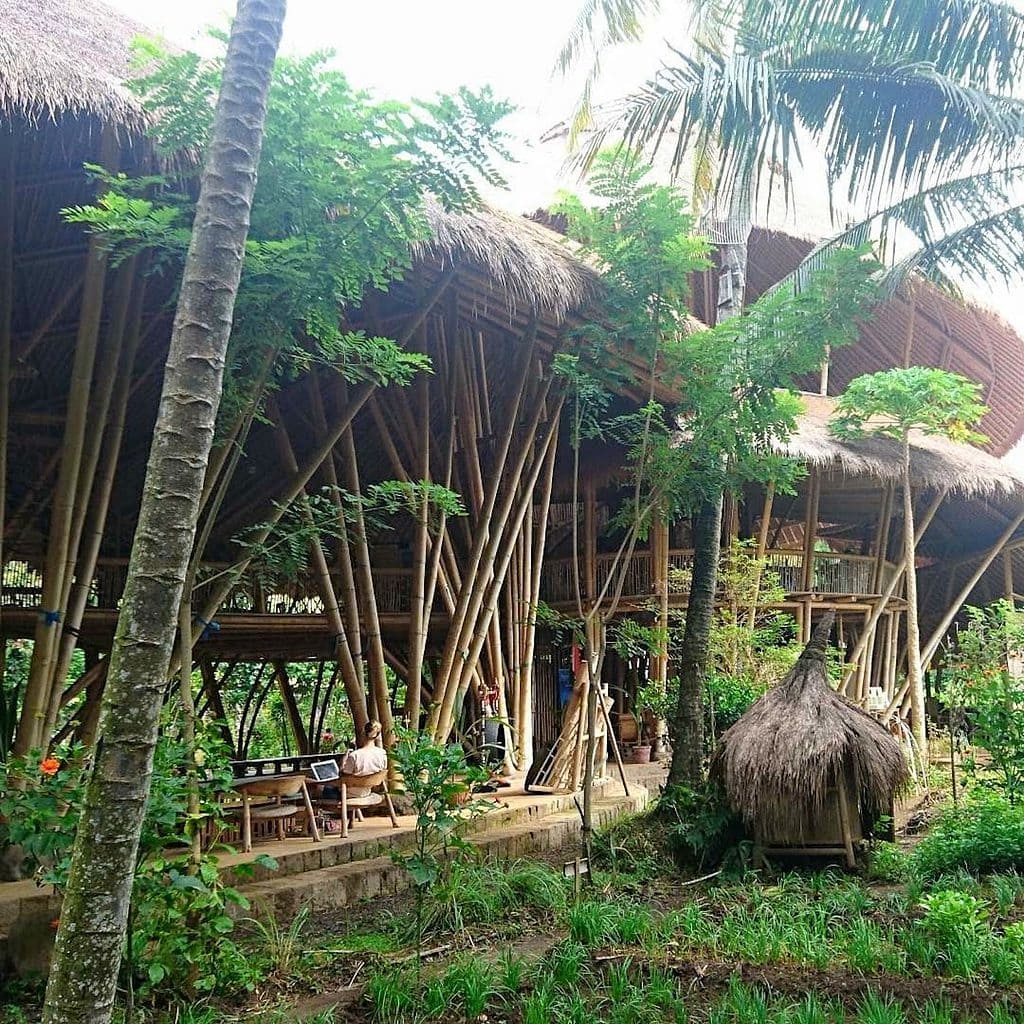
Eco-Friendly LEED Certified Buildings
LEED certified buildings (Leadership in Energy and Environmental Design) is the most widely used green building rating system in the world. Almost all building types are able to apply for LEED certification. What’s really cool is that LEED certification is a globally recognized symbol of sustainability achievement and leadership. There are often plaques displayed in buildings that have achieved LEED certification. Definitely worth researching to see if some of these incredible buildings are in the area you’re travelling to if you have the chance!
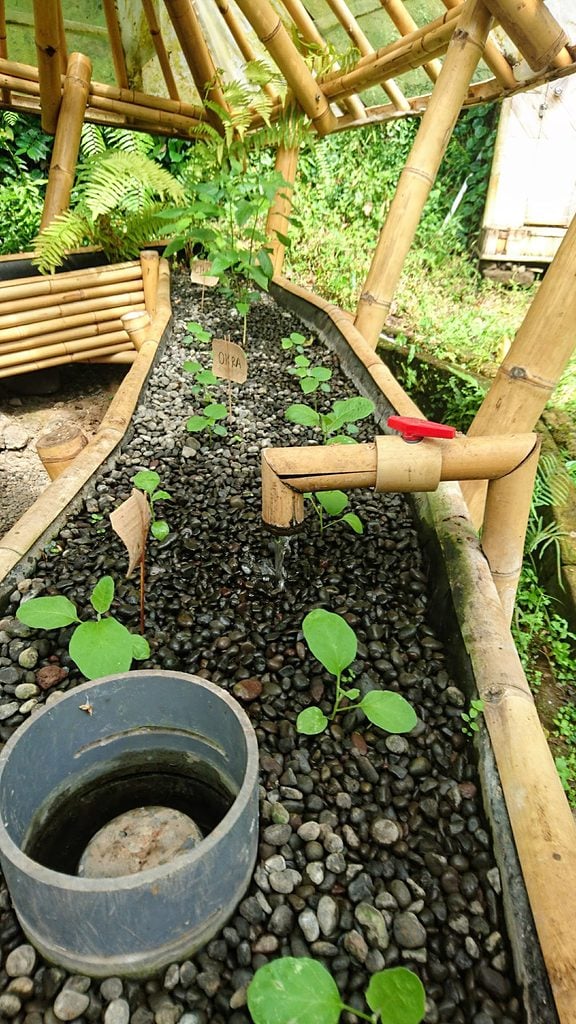
Animal Shows
Again, this may be exceptionally obvious for some but it’s too important not to be reiterated. It is crucial that we stop supporting the exotic animal trade, shows, circus, pet-a-big cat, ride-an-elephant type of places. Without our support, these companies will cease to exist as they will no longer be profitable. When we support companies that exploit nature, we are part of the problem. When we give our money to these organizations, we’re saying, “I believe in this and think it is okay.”
That being said, there are plenty of phenomenal organizations that truly care for wildlife. A great organization to look at is the world wildlife fund. Look for organizations that are rehabilitation centres, conservation parks and wildlife sanctuaries. It is our duty as consumers to research the places we want to visit and read up on where your money is going.
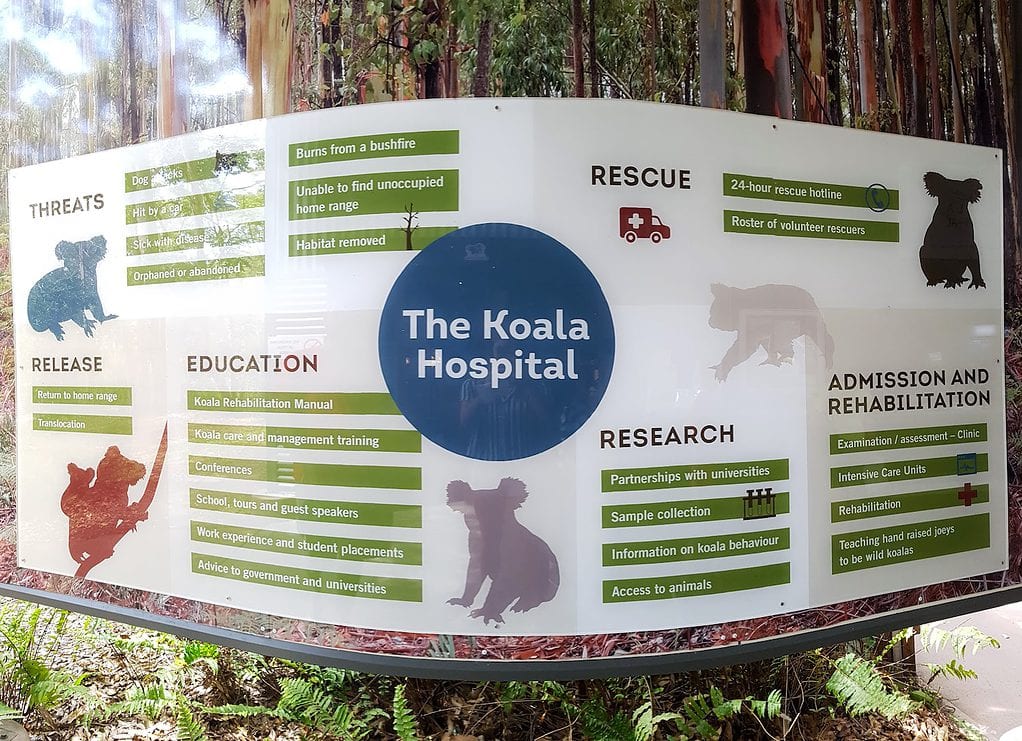
We hope our eco-friendly travel guide inspires you to make eco conscious choices on your next adventure. We encourage you to be intentional with your actions and make the world a greener place than it was yesterday. Happy travels!


